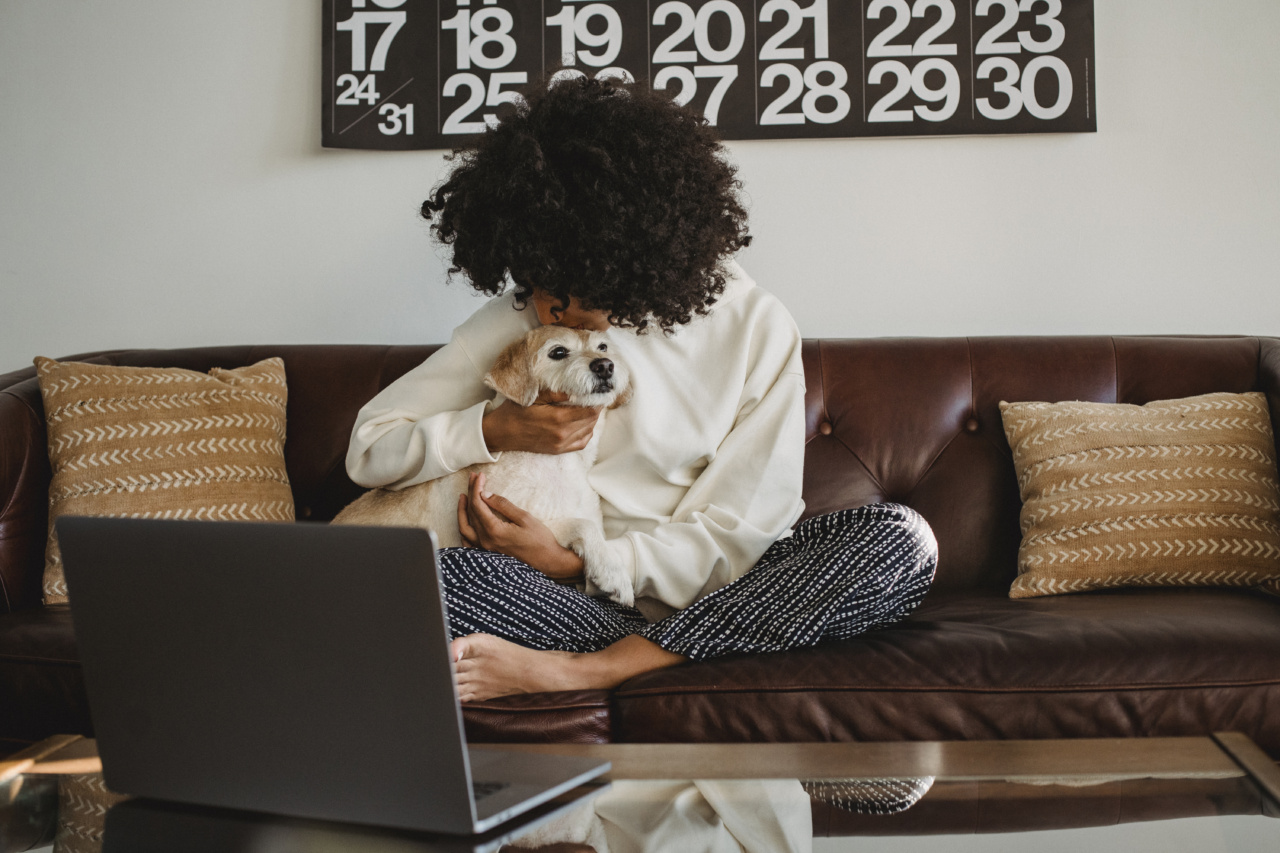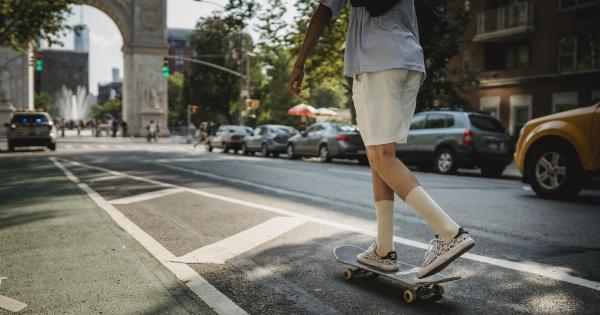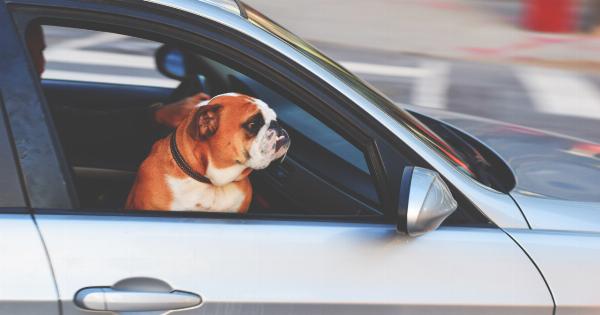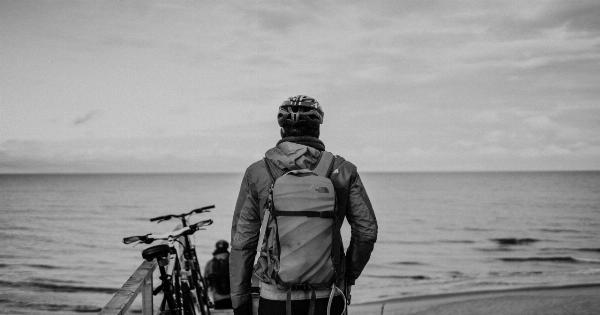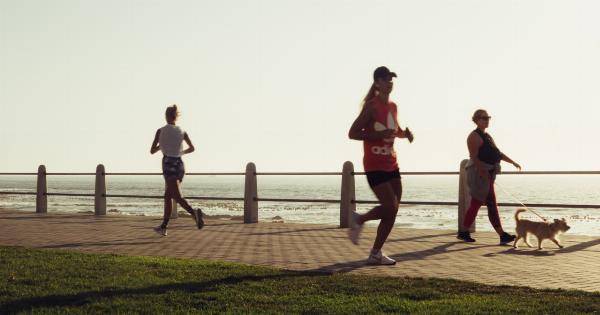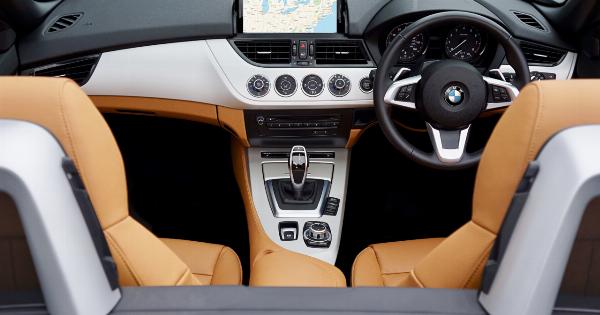Traveling with a furry companion can be an exciting adventure, but it also comes with its fair share of challenges – especially when it comes to managing bathroom breaks for your puppy.
Whether you are embarking on a long road trip or venturing through airports, ensuring your puppy’s comfort and taking care of their potty needs is crucial. In this guide, we will provide you with valuable tips and tricks to navigate puppy bathroom breaks while traveling.
1. Plan Frequent Stops
When traveling with a puppy, it is essential to plan frequent stops along the way. Just like humans, puppies have limited bladder control, so they need more frequent bathroom breaks.
Make sure to schedule breaks every couple of hours, allowing your puppy to relieve themselves, stretch their legs, and get some fresh air.
2. Research Pet-Friendly Areas
Prior to your trip, research and identify pet-friendly areas along your route. Look for rest stops, parks, or designated areas where your puppy can safely relieve themselves.
Many parks have designated dog-friendly areas with waste disposal stations, making it convenient for pet owners.
3. Pack Essentials
When preparing for the trip, ensure that you pack all the necessary essentials for your puppy’s bathroom breaks.
These may include poop waste bags, paper towels or wipes for cleaning up accidents, a portable water bowl, and some treats to reward them for their good behavior during potty breaks.
4. Create a Familiar Space
Traveling can be stressful for puppies. To help them feel more comfortable during bathroom breaks, try to create a familiar space.
Use a specific potty command or cue and bring a small patch of fake grass or pee pads that your puppy is already familiar with. This will help them associate the designated potty area with the command and reduce accidents.
5. Stick to Routine
Puppies thrive on routine, and maintaining a consistent schedule during your travels can help minimize accidents. Try to stick to your puppy’s regular feeding and potty routine as closely as possible.
This will help them adjust better and make it easier for you to anticipate their bathroom needs during the trip.
6. Be Prepared for Accidents
Accidents are bound to happen, especially when you’re traveling with a young and inexperienced puppy. It’s crucial to be prepared for such situations.
Always have cleaning supplies such as enzyme-based pet stain removers and odor neutralizers readily available to clean up any accidents promptly.
7. Use Restraints Safely
While traveling in a car, it is vital to ensure your puppy’s safety by using proper restraints. Invest in a well-fitting harness or a crate, ensuring it is comfortable for your puppy.
Avoid letting them roam freely in the car, as it can be dangerous for both your puppy and the driver.
8. Stay Hydrated
Proper hydration is essential for your puppy, particularly during travels. Always carry fresh water and a portable bowl with you. Offer water to your puppy during each bathroom break to prevent dehydration.
9. Gradually Introduce New Environments
Some puppies may feel anxious or overwhelmed in new environments. Gradually acclimate your puppy to different scenarios by taking short trips or walks in public areas before your big adventure.
This will help them become more comfortable and less prone to accidents during bathroom breaks.
10. Seek Professional Guidance
If you’re unsure about how to handle your puppy’s bathroom breaks while traveling or have specific concerns, seek guidance from a professional dog trainer or veterinarian.
They can provide tailor-made advice and address any specific issues related to your puppy’s health or behavior.
